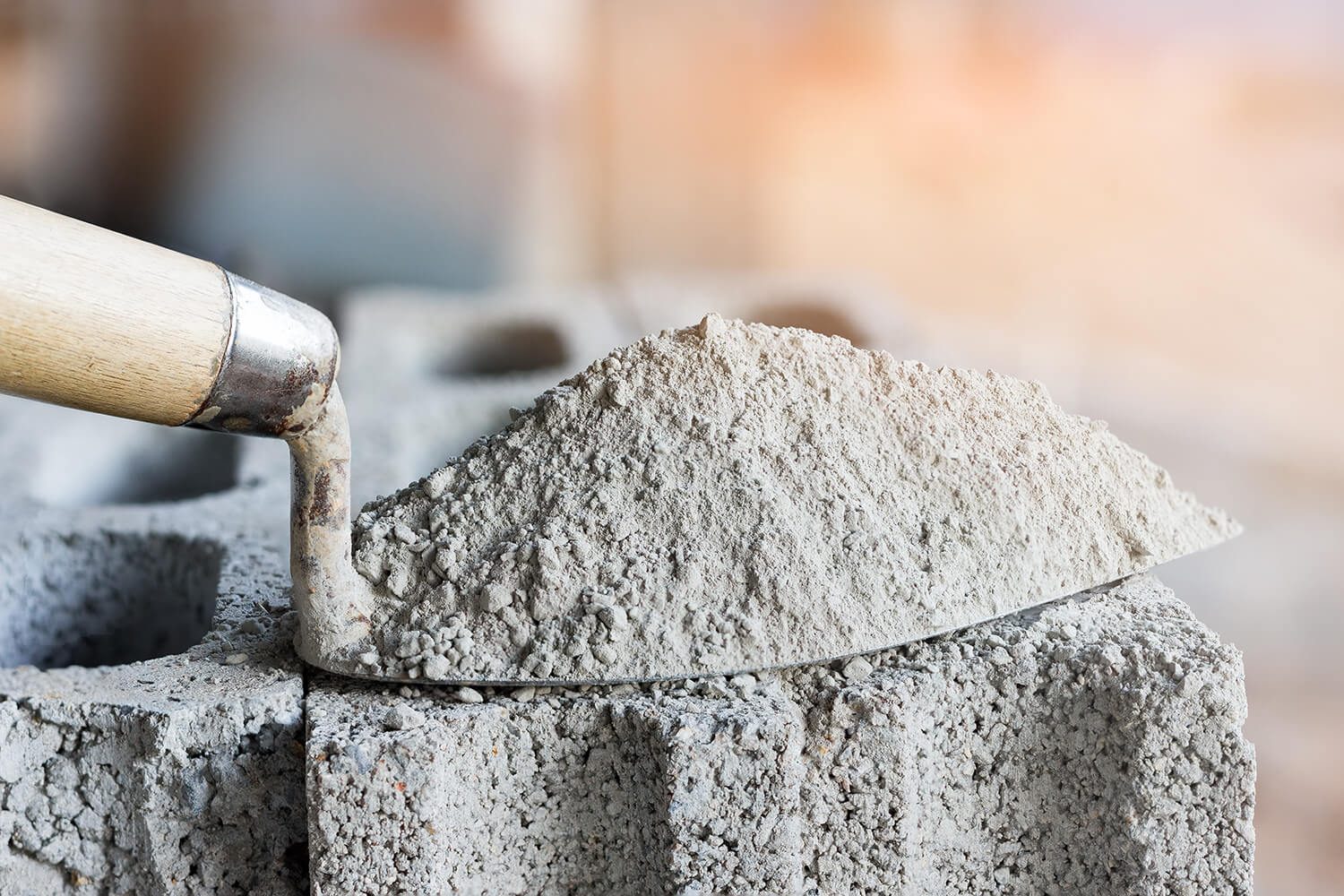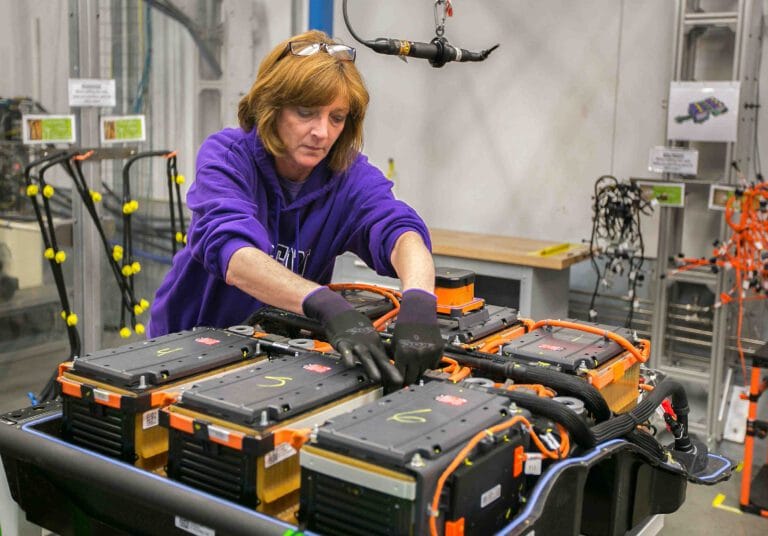
Use of Olivine for Carbon-Negative Cement Solutions

Table of Contents
The construction industry is one of the largest contributors to global carbon emissions, primarily due to the production of cement. However, new innovations are emerging to address this environmental challenge, and one promising solution lies in the use of olivine, a naturally abundant mineral. When incorporated into cement production, olivine has the potential to create carbon-negative cement, meaning it absorbs more carbon dioxide than is released during its production.

This breakthrough technology offers an exciting opportunity to reduce the carbon footprint of one of the most widely used materials in construction, helping to pave the way toward more sustainable building practices and a greener future. Discover how olivine is being utilized to create carbon-negative cement solutions, offering a sustainable alternative to traditional materials and helping reduce the construction industry’s carbon footprint.
Olivine: A Sustainable Solution
Amidst growing concerns about environmental sustainability, the quest for carbon-negative solutions has become paramount. Olivine, a plentiful mineral found abundantly across the globe, emerges as a promising candidate in the battle against carbon emissions, particularly in the cement industry, which accounts for a staggering 8% of global CO2 emissions.
The Potential of Olivine
Olivine, a ubiquitous component of the Earth’s mantle, holds immense potential in revolutionizing cement production. Companies like Seratech, based in the UK, are pioneering innovative methods to harness olivine’s properties for carbon-negative cement production.
Unveiling the Process
The process patented by Seratech involves leveraging olivine’s inherent properties to mitigate carbon emissions. Unlike traditional methods that rely heavily on heating limestone, a significant source of emissions, olivine presents a sustainable alternative. Through a patented process, olivine is transformed into cement, significantly reducing the carbon footprint associated with traditional cement production.
Harnessing Olivine’s Strength
Olivine contains silica, a key ingredient that enhances the strength and durability of cement. Moreover, the extraction process yields magnesium sulfate, which plays a crucial role in sequestering CO2 emissions. By dissolving powdered olivine in sulfuric acid, researchers extract silica and magnesium sulfate, paving the way for carbon-negative cement production.
Carbon-Negative Cement Production
The innovative process not only reduces carbon emissions but also renders the entire production cycle carbon-negative. By utilizing captured CO2 from emissions sources or the atmosphere, the process transforms olivine into a mineral called nesquehonite. This mineral not only sequesters CO2 but also holds the potential for recycling into new construction materials, further enhancing sustainability in the construction industry.
Promising Results and Future Prospects
Initial estimates suggest that replacing a significant portion of traditional cement with olivine-derived silica could lead to carbon-neutral or even carbon-negative cement. While current building standards accommodate the incorporation of such materials, further research and testing are essential to ensure their widespread adoption.
Conclusion
The utilization of olivine represents a paradigm shift in the quest for sustainable cement production. By harnessing the power of this abundant mineral, companies like Seratech are not only reducing carbon emissions but also paving the way for a more sustainable future in the construction industry. While challenges remain, the potential of olivine-derived cement to combat climate change is undeniably promising.








